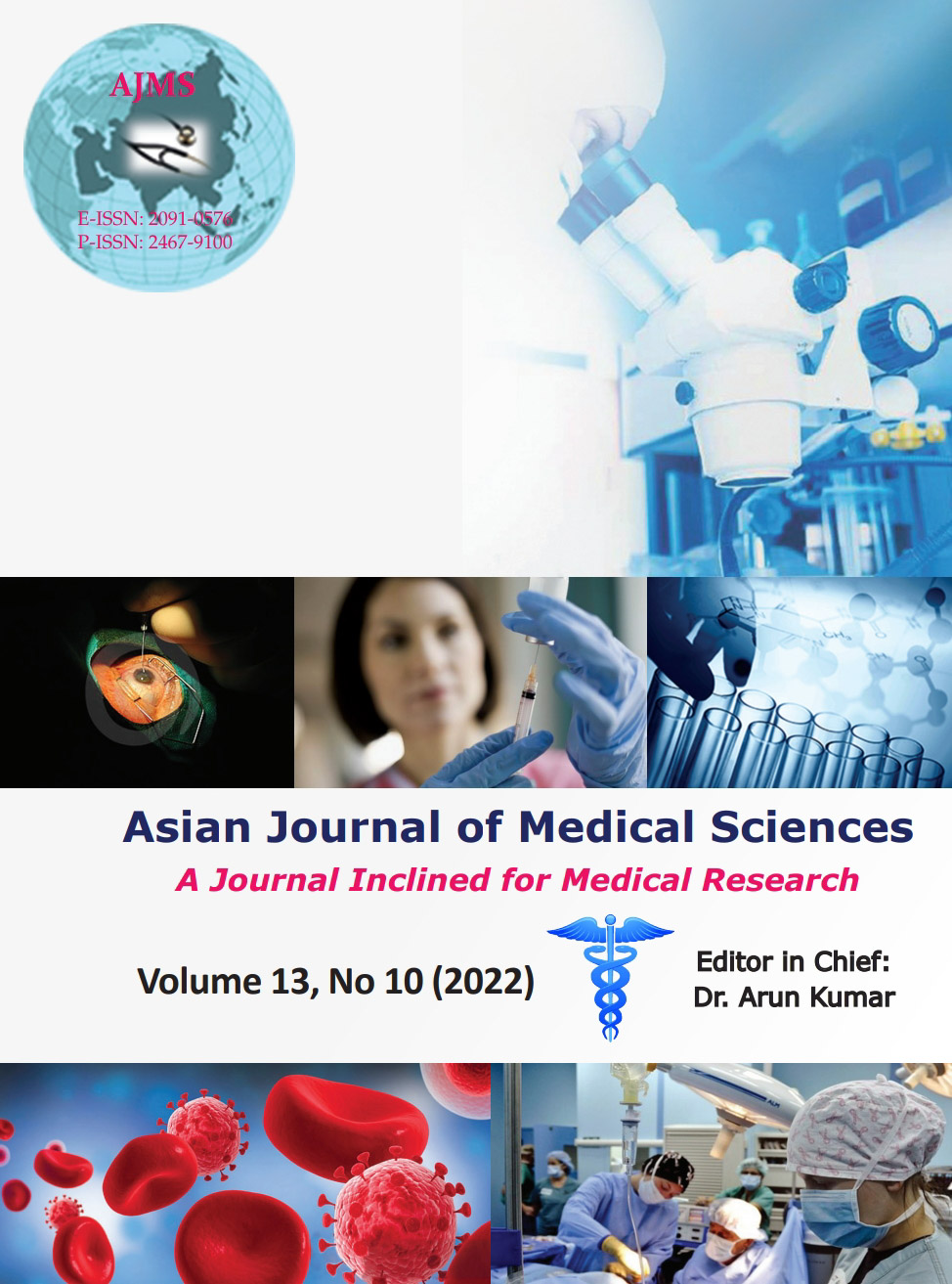Comparison of norepinephrine and phenylephrine boluses during spinal anesthesia for cesarean delivery
Keywords:
Cesarean section; Spinal anesthesia; Phenylephrine; Norepinephrine; HypotensionAbstract
Background: Cesarean sections are frequently carried out under spinal anesthesia (SA) to reduce the risk of neonatal drug transfer and airway difficulties associated with general anesthesia. Maternal hypotension is a typical consequence following SA, despite sufficient fluid loading.
Aims and Objectives: The aim of this study was to evaluate the efficacy of norepinephrine and phenylephrine in treating spinal hypotension caused by cesarean delivery.
Materials and Methods: This hospital-based interventional study was carried out at Sri Venkateswaraa Medical College Hospital and Research Centre, Ariyur, Puducherry from February 2020 to March 2022. Eighty patients were included in our trial and were split equally into two groups at random following approval by an ethical committee and written informed consent. Age, weight, height, and American Society of Anesthesiologists physical state of the patients was equivalent across the two groups.
Results: In our study, mean age found in N group (25.96±2.046) and P group (24.84±1.748) which were insignificant. Vasopressor bolus dose needed for the treatment of hypotension was considerably less in
Group N patients (1.71±0.77 vs. 2.43±1.01, P=0.024). Group P had a higher incidence of bradycardia, although the difference was statistically insignificant (four patients vs. eight patients P=0.242). The fetal parameters such as birth weight, umbilical PH, PCO, PO2, and Apgar 1 and 5 min were comparable across the two groups, and no statistically significant differences were found.
Conclusion: Intermittent norepinephrine boluses are a successful treatment for spinal hypotension during cesarean delivery. We found no evidence that norepinephrine had a detrimental effect on the newborn outcome as compared to phenylephrine, when used to maintain blood pressure during spinal and combined spinalepidural anesthesia for cesarean birth.
Downloads
Downloads
Published
How to Cite
Issue
Section
License
Copyright (c) 2022 Asian Journal of Medical Sciences

This work is licensed under a Creative Commons Attribution-NonCommercial 4.0 International License.
Authors who publish with this journal agree to the following terms:
- The journal holds copyright and publishes the work under a Creative Commons CC-BY-NC license that permits use, distribution and reprduction in any medium, provided the original work is properly cited and is not used for commercial purposes. The journal should be recognised as the original publisher of this work.
- Authors are able to enter into separate, additional contractual arrangements for the non-exclusive distribution of the journal's published version of the work (e.g., post it to an institutional repository or publish it in a book), with an acknowledgement of its initial publication in this journal.
- Authors are permitted and encouraged to post their work online (e.g., in institutional repositories or on their website) prior to and during the submission process, as it can lead to productive exchanges, as well as earlier and greater citation of published work (See The Effect of Open Access).




